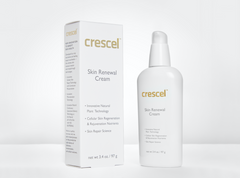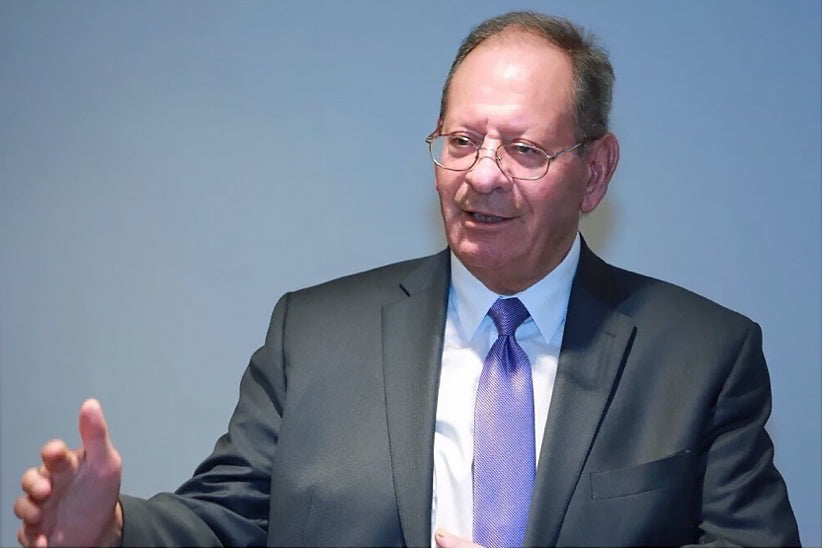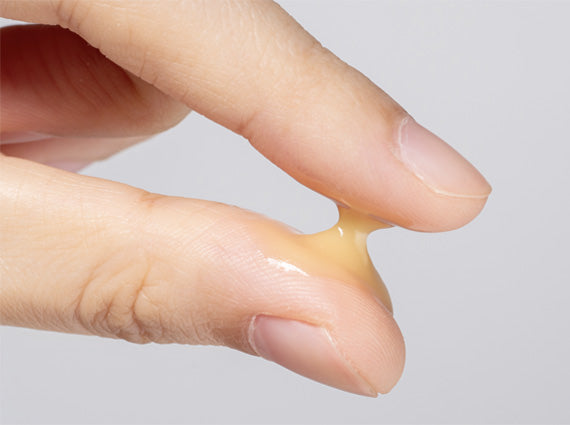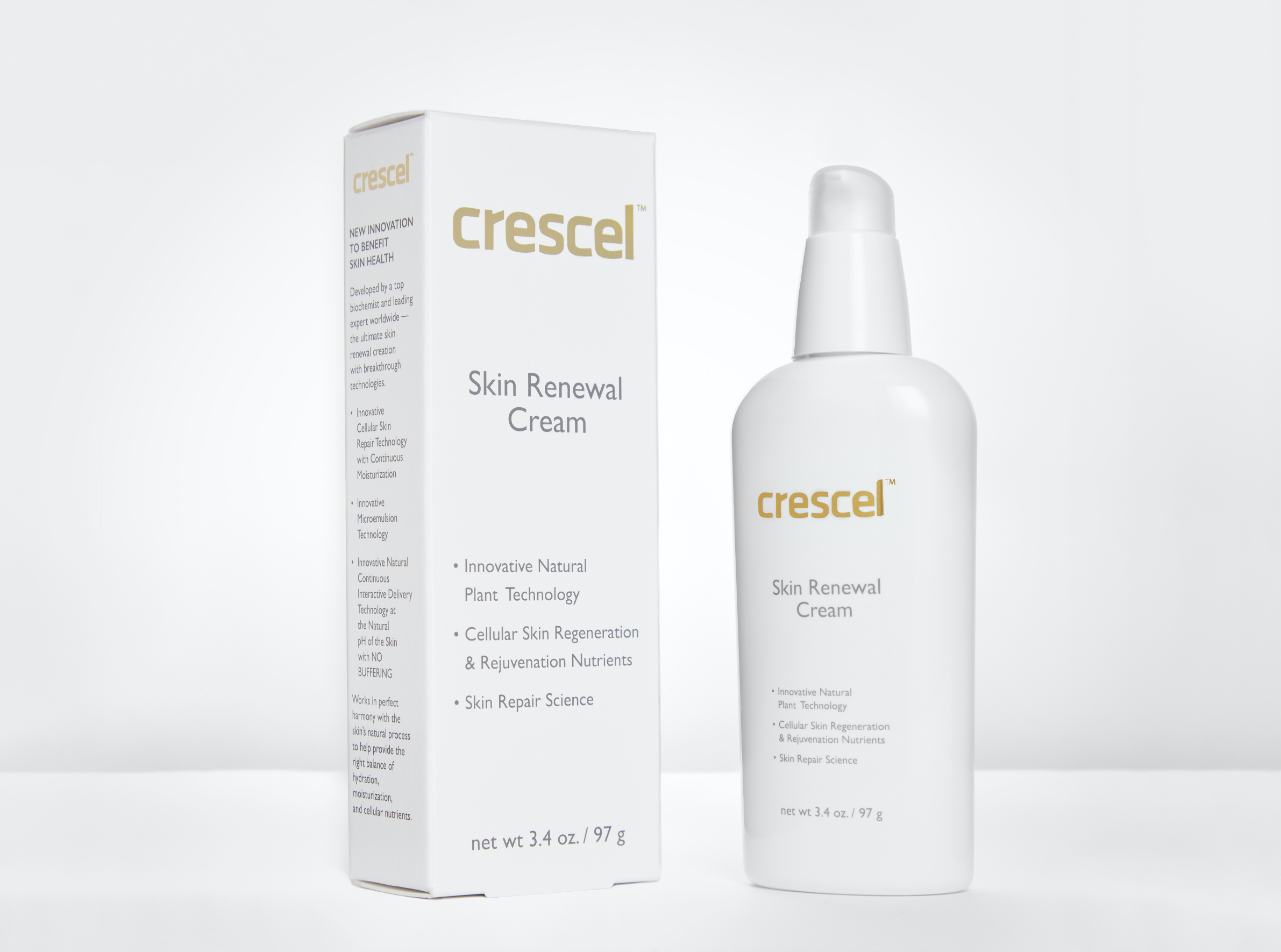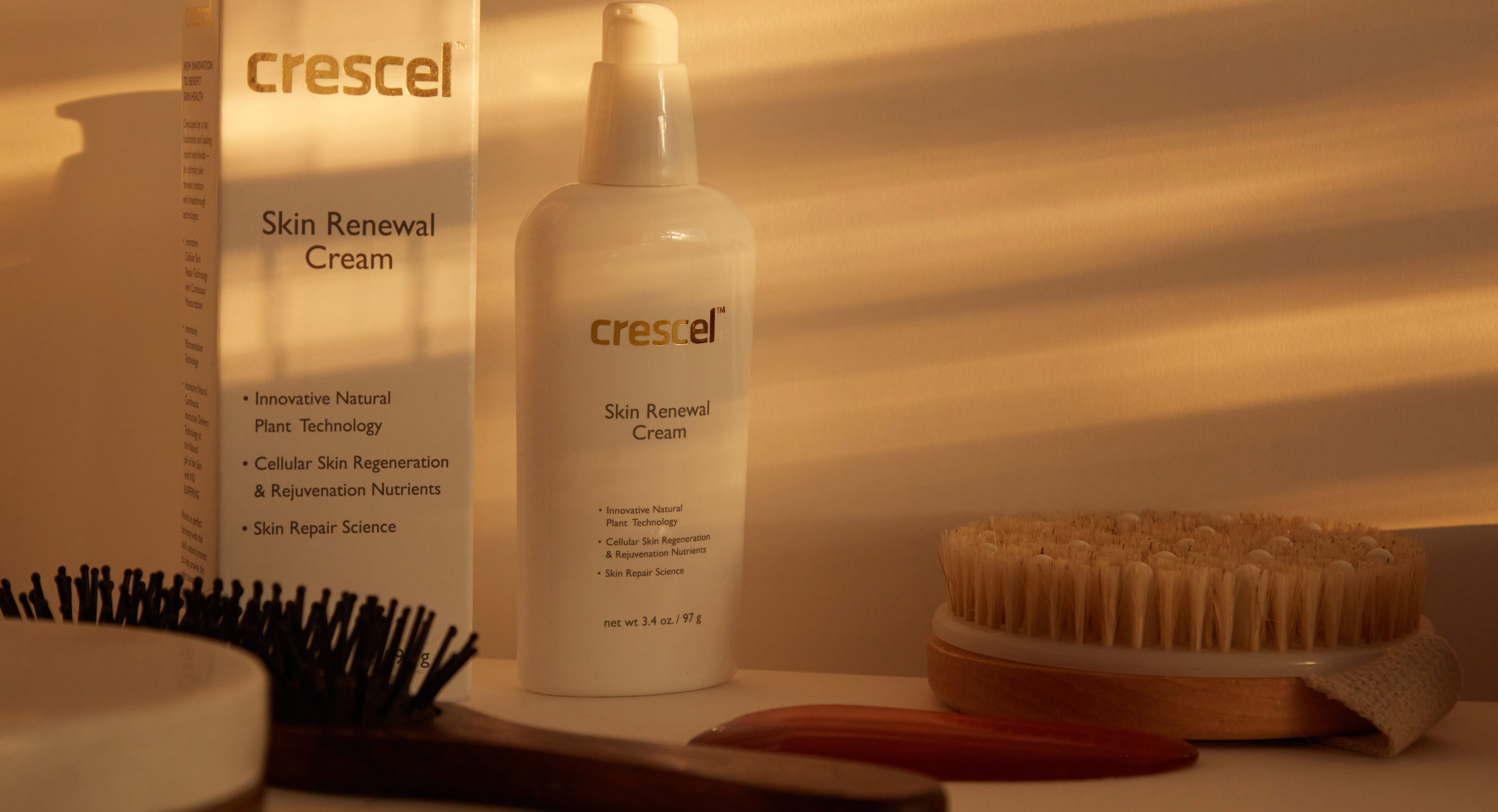To understand Crescel and its unique healing power, first we need to understand Passalacqua.
Master biochemist Peter J. Passalacqua, born in Sicily, was a school-aged child when he came to the U.S. with his family to escape the devastation left by WWII. It didn’t take long for his teachers to recognize his rare intellectual gifts and move him ahead rapidly at school. Passalacqua loved school—especially science subjects and anything to do with math. Outside of school, he loved playing sports and helping his parents grow flowers and vegetables in the family garden.
Passalacqua’s powerful attraction to science eventually connected most strongly with biochemistry—the structure, composition, and chemical reactions of substances in living organisms, including their functions and ways to control them. Biochemistry is the meatiest of all the basic sciences. It encompasses 14 areas of focus, including structural biochemistry, enzymology, metabolic biochemistry, immunochemistry, protein chemistry, biochemical pharmacology, neurochemistry, and clinical biochemistry. Because Passalacqua was an unusually passionate and life-long learner, he did not do what biochemists normally do. Instead of choosing his favorite area to concentrate on—he gradually became an expert in all 14 of them. So he pursued his graduate education in a way that gave him unusual breadth and depth. And his professional goal—what most excited him—was to develop innovative, helpful healthcare and cosmetic products.
Passalacqua achieved his youthful dream. He rose to the top of his field at a young age, creating products and managing extensive manufacturing operations for some of the world’s largest and most influential corporations. But he found himself not aligned with industry decision-making based on financial benefit instead of people’s health benefits. And he eventually felt compelled to pursue his own path.
Passalacqua’s desire to use his exceptional skills in biochemistry to advance health-restoring tools was as vibrant as ever. But now he would pursue this in the professional lab he had built at home, guided by his credo: “Our vision is to further knowledge for the benefit of humanity.”
And there was one more factor. Because Passalacqua was not your typical master biochemist, and had by then fully mastered all 14 disciplines within biochemistry, his exceptional intellect did what came naturally. He had begun to integrate all of these systems—and as he progressed, a uniquely complete picture of how our bodies work gradually emerged.
This produced Passalacqua’s transformative realization—that how the body works in health, disease, and injury is NOT what everyone has always thought.
The conventional view of disease and injury defines and treats specific problems. And we know that many treatments have difficult side effects, and/or are only partially effective, and/or take a lot of time to work. We also know that many health challenges still have no effective treatment at all.
What did Passalacqua see that no one else had? First, he recognized that the body contains a built-in mechanism for healing. When it’s fully equipped to act, it restores and repairs—quickly, completely, and without side effects. And second, he knew exactly what this mechanism is. It involves our mitochondria. These microscopic organelles richly populate almost all of our cells, and are known to produce our energy from the food we eat. A tiny cadre of scientists have recently learned that they actually do a great deal more. But it is only Passalacqua who has realized the full extent of what mitochondria actually do—that they govern the health of the cells they are in. Healthy mitochondria maintain healthy cells. Severe or chronic illness and significant damage reflect mitochondria that have lost their tools for keeping their cells healthy. And restoring their health will restore their ability to make their cells healthy—and keep them that way.
Passalacqua’s next challenge: find an effective and biologically friendly way to restore dysfunctional mitochondria’s missing tools. Then let them do their job—and HEAL. Naturally. Rapidly. And without side effects.
Passalacqua turned to the plant world. His life-long love of his garden and the plant world had led him to recognize the close relationship between plants and people. It’s no accident that plants—botanicals—were the exclusive medicines for humans until the relatively recent creation of pharmaceuticals. And for 80% of the world’s population, botanicals are still the primary form of healthcare.
The plants that Passalacqua chose to work with are aloe and oat.
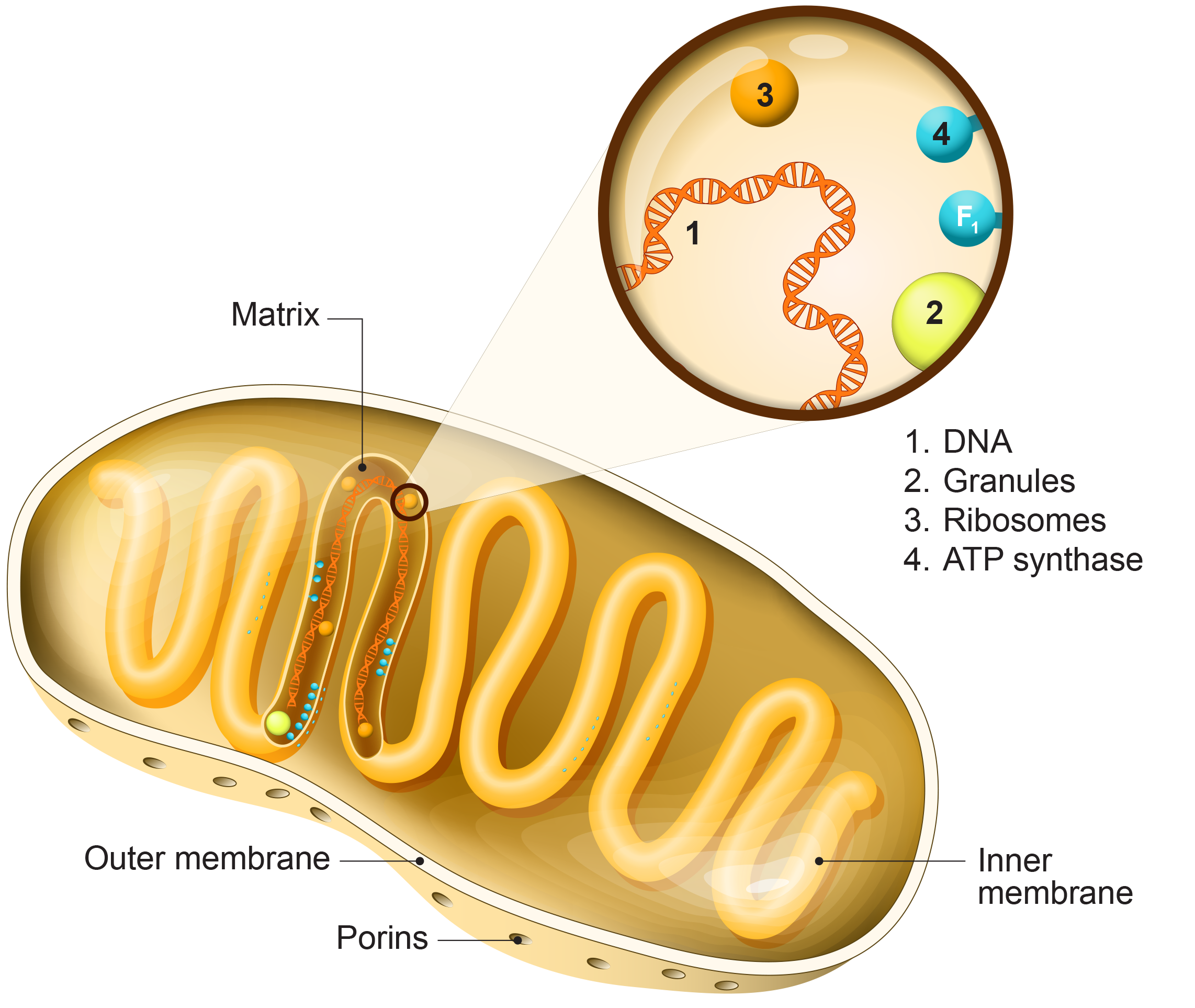
What Are Our Mitochondria
Each of these microscopic organelles is called a mitochondrion. But we always talk about them in the plural—mitochondria—because they work in exceptionally large groups. Each of our cells contains anywhere from several hundred to several thousand mitochondria. Our muscle (which includes our heart) and brain cells contain the highest numbers. This is logical, because one of the basic functions of mitochondria is to produce our energy. (Only red blood cells don’t contain any mitochondria, because their cellular real estate is dedicated to oxygen-carrying equipment.) More specifically, our mitochondria use digested food extracts and oxygen to produce the energy that powers our cells’ biochemical reactions. And they do a great deal more.
Startling Clinical Results
Skin Repair With a Higher Power
Crescel and our transformative technology are here to renew your skin. Due to its basic and broad restorative power, additional uses are in development and discovery. Here we focus on the unique capabilities of our first-of-its-kind Skin Renewal Cream.
Crescel functions in a uniquely different way than other treatments, whether the problem is aging skin, inflamed skin, a skin condition, or serious skin damage from illness or injury. Crescel doesn’t try to minimize what has gone wrong. It eradicates it. It does this by seeking out the source of the problem—the cells, and their mitochondria, that aren’t functioning normally—and working to repair them. Crescel’s goal is metabolically restoring the mitochondria’s ability to make their cells healthy—to repair and stabilize the highly complex weave of processes that support health—and then keep them that way. Improving mitochondrial function is basic, it’s natural, and it eliminates the cause. And this is what we focus on.
With all of the biological pieces in place, Crescel provides nonstop healing nutrition for the skin’s cells. It restores and then maintains their healthy structure and function, strengthens immune protection, and enhances the production of healthy cells. And this healing takes place at astonishing speed.
Let’s take a look at some of the visual evidence.
We’re not focusing here on Crescel’s ability to rejuvenate skin. This is meaningful to many, but the message here is different. You’re going to be looking at some of the more dramatic examples of Crescel’s healing ability, because this is where you’ll really understand what Crescel does, and its core ability to transform health and healthcare.
Diabetic Foot Ulcers
The Situation
Every year, 1.6 million people with diabetes in the US develop their first foot ulcer. (Globally, this annual number is 18.6 million diabetes patients.) Foot ulcers are the feared end result of a complex chain reaction that begins with the oxidative stress caused by hyperglycemia, the high glucose levels that are the defining sign of diabetes. Treatment for these foot ulcers is extremely costly and extremely inadequate. Up to 25% never heal, two-thirds take more than a year to heal, and more than half of healed ulcers recur. Because diabetes also compromises the immune system’s ability to fight infections, 60% of new foot ulcers eventually become infected. Then treatment effectiveness diminishes even further. Roughly 15% lead to death. About 20% of moderate to severe infections eventually require amputation: part or all of the patient’s foot, or the entire lower leg. Post-amputation, the risk of death rises steeply over the first 5 years.
In the US, a limb is amputated due to diabetes every 3 minutes and 30 seconds. (Think about how many people suffered an amputation while you’ve been reading this.) And the Diabetes Research Institute Foundation warns that “type II diabetes is increasing at an alarming rate in the US.”
Crescel Is Rewriting This Reality
Wherever it has been used around the world, Crescel has radically altered these numbers and erased the feared consequences of amputation and death. In a pilot clinical study—in which patients simply applied Crescel cream twice a day—the patients with the earliest stage (out of 4 stages) foot ulcers were fully healed in just 1 week. Those with Stage II ulcers were completely healed by 4 weeks or less. And impressively, observing these patients for an extended time after healing showed no lesion recurrence, and no new ulcers in the treated area. So not only were these treatment-resistant ulcers fully and rapidly healed, but the ulcer-forming potential in the surrounding skin had been normalized.
Healing Severe Diabetic Foot Ulcers
Here are 2 clinical patients with severe, deep ulcers, all slated for amputation if Crescel failed to have a substantial impact. The outcome in each case was complete healing. The heel ulcer healed in less than 3 months, avoiding loss of the patient’s heel. The expansive foot ulcer fully healed in 5 months, preventing amputation of the patient’s foot. For both patients, full neurosensory function was restored, there were no side effects, and there was no recurrence.
The heel ulcer healed in less than 3 months, avoiding loss of the patient’s heel.
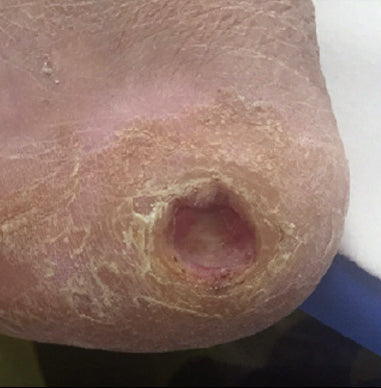
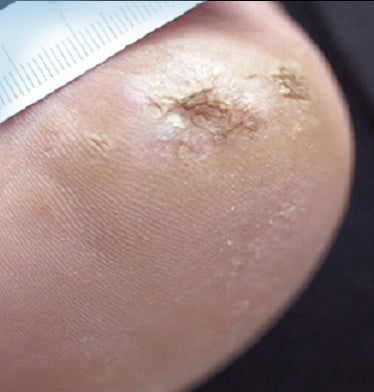

FOOT
Day 0
Slated for amputation
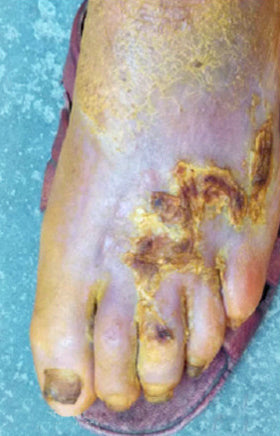
FOOT
8 weeks
Significant improvement
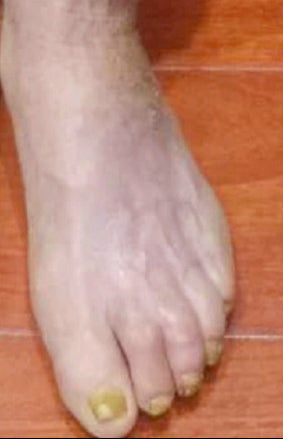
FOOT
20 weeks
Fully Healed
Bedsore Wounds
Bedsores—also called pressure ulcers—are a threat to people who are bedridden or chair-bound, because their ability to change their body position is very limited. The sustained pressure on vulnerable body areas reduces bloodflow to the skin there, and breakdown of that area of skin and the tissue below it is likely to follow. Skin covering bony areas is most at risk: heels, ankles, hips, tailbone. With conventional treatments, if all goes well, early-stage pressure ulcers (Stages 1-2) can heal in 2-3 weeks. But some return and often progress, others do not heal and continue to progress, and some rapidly advance to Stages 3-4. Infection is a constant threat. And people who develop a Stage 4 bedsore face a 70% risk of dying within 180 days after the pressure ulcer appears.
Crescel can transform this threatening reality. Both clinical patients shown below developed pressure ulcers in their tailbone area. The early-stage ulcer was almost fully healed within 6 days. The other patient had 2 Stage-4 tailbone ulcers. Improvement was rapidly apparent, and by 10 months of twice-daily Crescel application, one bedsore was fully healed. The other was very minimal, and no longer a threat to surrounding muscle and bone.
With Crescel, this early-stage ulcer was almost fully healed within 6 days.
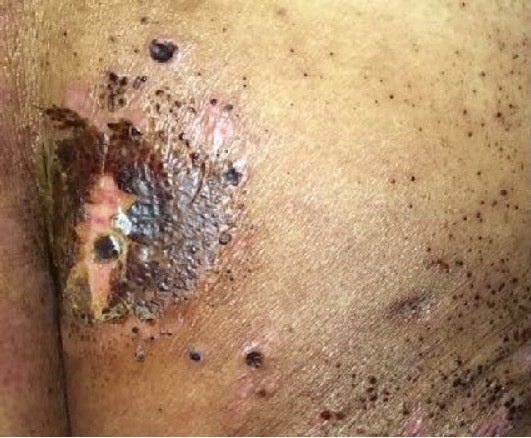
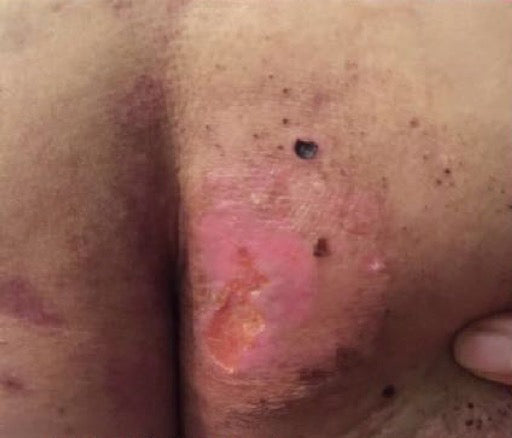
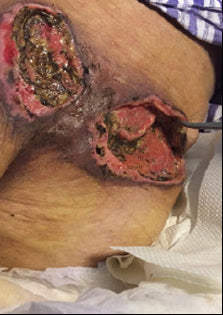
bedsores
Day 0
Life Threatening
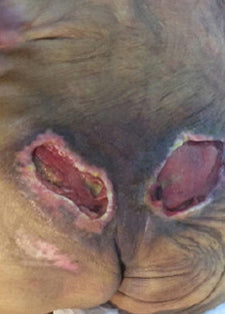
bedsores
Day 37
Significant improvement
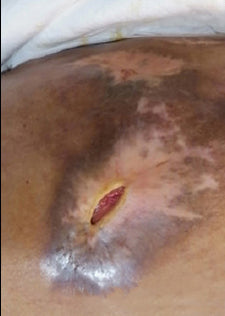
Bedsores
Day 285
Life saving
Traumatic Wounds
Crescel has shown its ability to act rapidly on burns and other traumatic damage. It not only heals but also supports the restoration of normal form and function. And it does all of this without side effects. These photos of clinical patients illustrate several typical results after applying Crescel twice a day. A severely disfiguring facial wound healed in only 4 weeks, with normal appearance restored. The partially severed thumb fully regenerated and healed in less than 6 weeks. The hand with deep second-degree burns healed, scar free and with fingerprints restored, in 4 weeks. And with each of these serious injuries, full function was restored and there were no treatment side effects.
A severely disfiguring facial wound healed in only 4 weeks, with normal appearance restored.
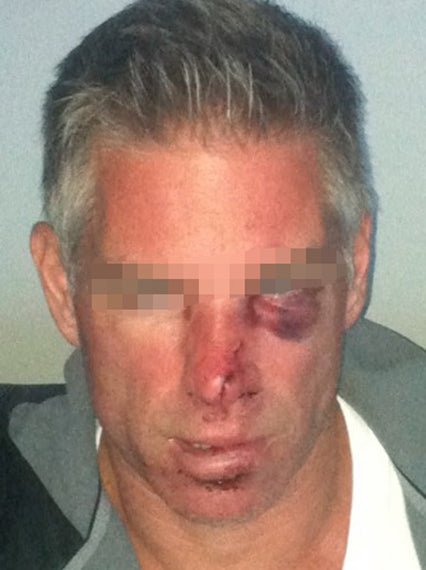
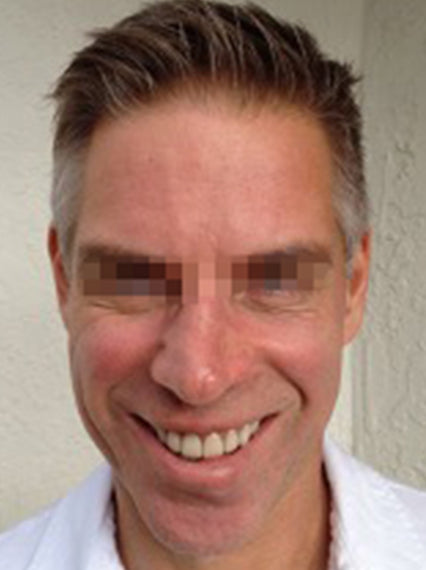

thumb
Day 0
Partially severed thumb
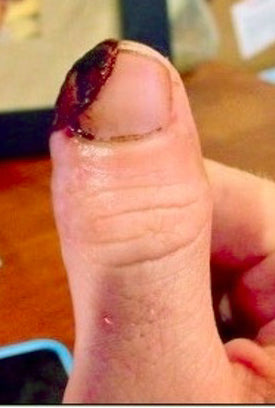
THUMB
Day 10
Significant regeneration
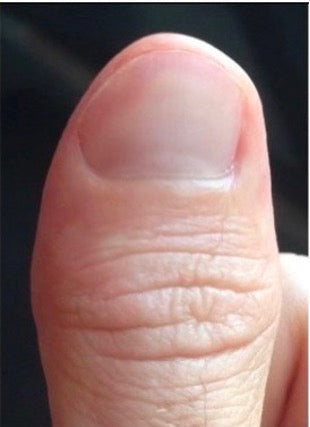
THUMB
Day 39
Fully Healed
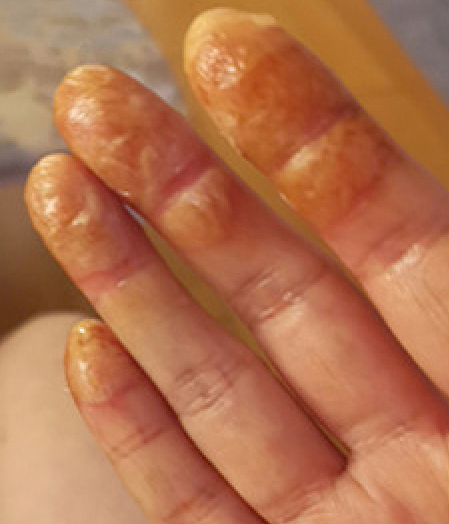
Deep Second-Degree Burn
Day 0
Substantial Disfigurement
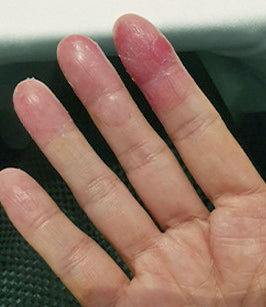
Deep Second-Degree Burn
Day 7
Significant Improvement
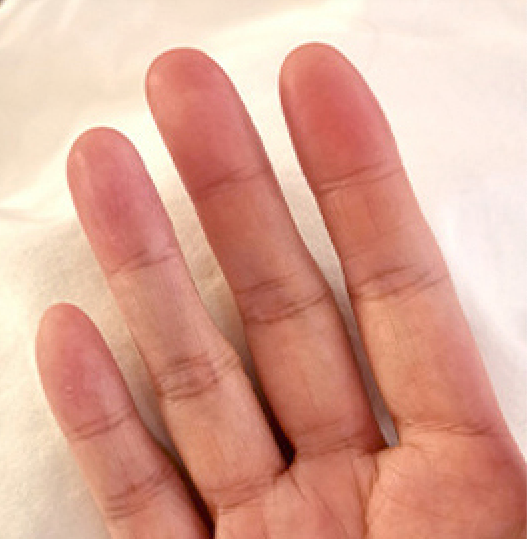
Deep Second-Degree Burn
Day 28
Healed and Scar Free
Rosacea and Other Dermatologic Conditions
The Big Picture
The essence of Crescel is that it works to restore normal skin—and does this rapidly, universally, and with absolutely no negative side effects. And more: it is safe and effective for all ages (including infants) and all skin types. Results can be dramatic, and with serious skin conditions they are life-changing. This includes disfiguring skin conditions, such as rosacea, which not only fail to respond—or respond only partially—to all existing treatments, and often give rise to significant negative side effects that interfere with these partial benefits. Another example is Crescel’s ability to improve the safety and coverage of the often-successful newer treatments for life-restricting conditions, such as psoriasis and eczema, that work by inhibiting overactive components of the immune response. The concerning downside is that this therapeutic immune inhibition also creates vulnerability to infections—which can be severe. And these treatments do not work for all patients. Crescel not only leaves the immune response intact and healthy, it heals all of these patients.
Rosacea: A Challenge to Live With, A Challenge to Treat
Rosacea is a highly inflammatory skin condition driven by a complex interplay of vascular, neural, and immune mechanisms. And it is chronic, recurrent, painful, and progressively disfiguring. Because rosacea primarily affects the face, substantial emotional and psychosocial burdens accompany the increasingly oppressive physical symptoms. An individual patient’s specific profile of symptoms depends on their rosacea subtype or combination of subtypes. But every profile includes the basics—prominent redness (erythema), acne-like papules (hard lumps) and pustules (hard pus-containing lumps), highly visible enlarged blood vessel clusters, pronounced dryness, and unpleasant sensations (pain, stinging, burning, and tingling). Over 16 million people in the U.S. have been diagnosed with rosacea, which translates to roughly 1 in every 10 people. And it is suspected that there are many more people with rosacea who haven’t been diagnosed.
A particularly disruptive characteristic of all rosacea skin causes double trouble, not only adding to the burdens of daily life, but also creating a formidable barrier to developing successful treatments. This is rosacea’s uniquely overreactive facial skin, which makes patients extremely vulnerable to flushing/blushing/dryness and/or a number of neurosensory issues from a spectrum of sources: environmental, internal, dietary, and topical—and that includes rosacea treatments themselves. Common adverse reactions to these treatments are pain, erythema, itching, and swelling. And it is considered a significant step forward when a topical treatment produces only mild to moderate side effects. A recent survey found that more than 82% of patients feel their rosacea is uncontrolled, and less than half are satisfied with their current prescription treatments. Results emphasized the need for novel topical therapies with increased efficacy and tolerability.
Celebrating Crescel: Answering Rosacea’s Treatment Challenge
Crescel Skin Renewal Cream approaches healing from a perspective that opens new doors. The revolutionary microemulsion of this novel, botanically-based anti-inflammatory and moisturizing skin cream enables it to be metabolized by skin cells, support the repair mechanism, and generate the restoration of healthy cell function. Thus this groundbreaking topical therapeutic was engineered to heal all skin conditions by enabling dysfunctional skin cells to regain their ability to heal themselves, and do so without negative side effects.
Crescel recently received the National Rosacea Society’s Seal of Acceptance, which was based on a 4-week tolerance study that documented the complete absence of worsening of any of the rosacea symptoms that are typically exacerbated by products—treatments included—that touch patients’ skin. This was truly a celebrated occurrence for a rosacea treatment. Patients also reported some initial symptom improvement during this brief study (less erythema, dryness, flushing frequency and severity, and papules/pustules), in line with previous studies showing clinical gains.
This boundary-breaking tolerance study was followed by another one. This time it was a 12-week efficacy trial. A randomized, controlled, double-blind study was carried out by a leading independent trialist dermatologist and rosacea specialist, whose aim was a better understanding of Crescel’s beneficial effect on rosacea. The efficacy of this novel facial moisturizer on erythema and papules/pustules was assessed in patients with mild, moderate, and severe rosacea and compared to the standard-of-care—metronidazole gel (MetroCream)—used with a nonmedicated facial moisturizer (CeraVe Daily Moisturizing Lotion). Crescel’s superior efficacy was already apparent by Week 4, the very first of the assessment periods. By that early point, Crescel had already achieved a 50% greater reduction in erythema (36% vs 23%), and was 200% more effective in reducing facial lesions (52% reduction vs 17%). By Week 8, Crescel was even more strongly outperforming MetroCream with regard to both erythema and lesion reduction. And by Week 12, Crescel’s superior benefits were still more dramatic: 54% vs 23% for erythema reduction, and 74% vs a statistically nonsignificant 17% for reduction of papules/pustules. This substantially increased degree and range of therapeutic benefits, coupled with the complete absence of intolerance, point to Crescel Skin Renewal Cream’s consideration as an important first-line therapeutic for people suffering from rosacea.
Two Dermatology Patients Who Switched to Crescel: Examples of Lives Restored
These patient photos are just two examples of the untold number of life-changing success stories that have resulted from simply applying Crescel twice a day to the areas of skin that have not responded—or responded poorly, or responded but with substantial negative side effects—to existing treatments. The first patient illustrates the breakthrough success that Crescel has brought to rosacea. The second is a young woman with a severe disfiguring rash that had defied diagnosis, and continued to worsen during 2 years of treatment at a hospital-based dermatology department. Five months after switching to Crescel she was fully healed, and the rash never returned.
Severe Rosacea

Before
Woman with severe Rosacea symptoms, after years of treatment failures

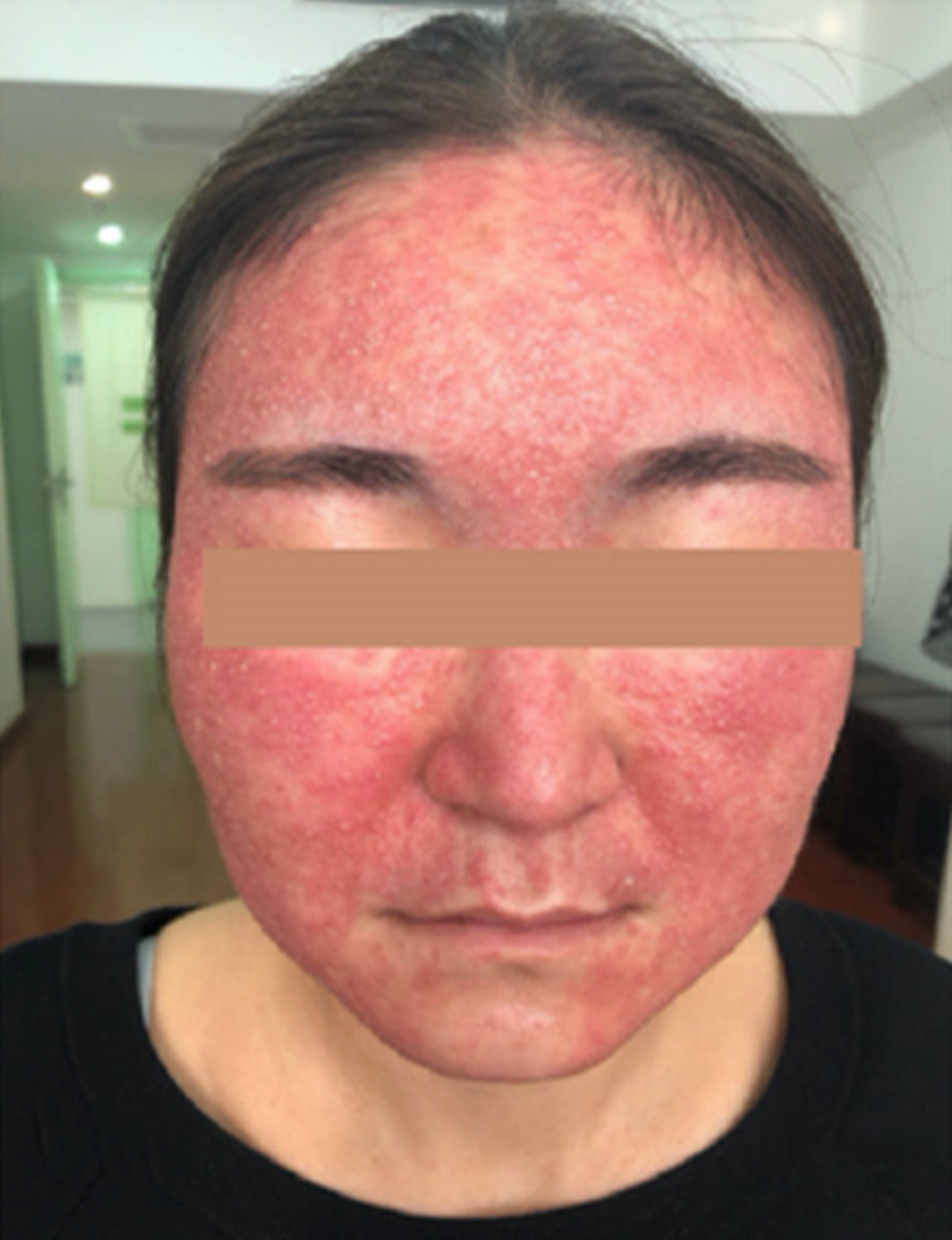
Rash
Day 0
Untreatable
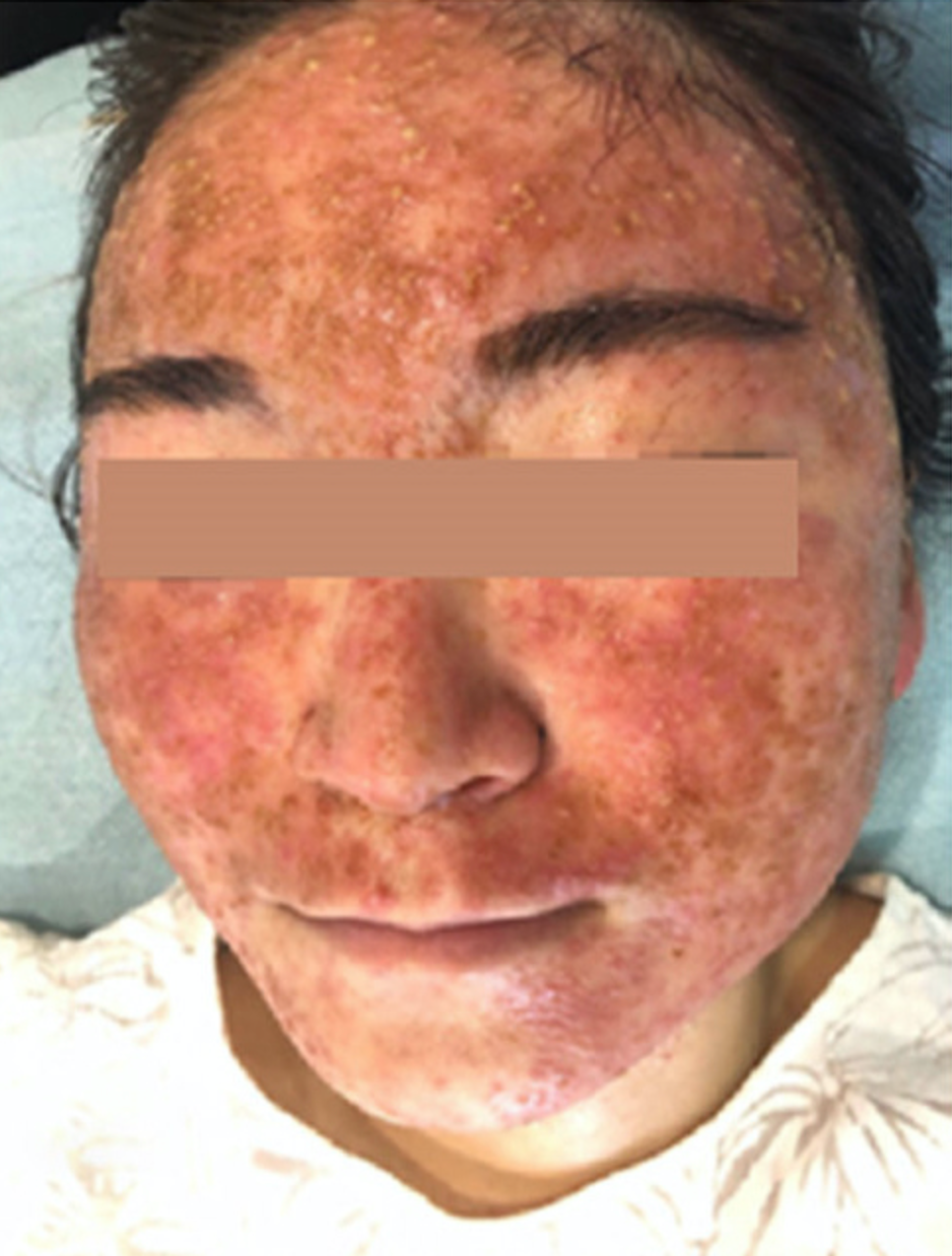
Rash
Day 27
Significant Progress
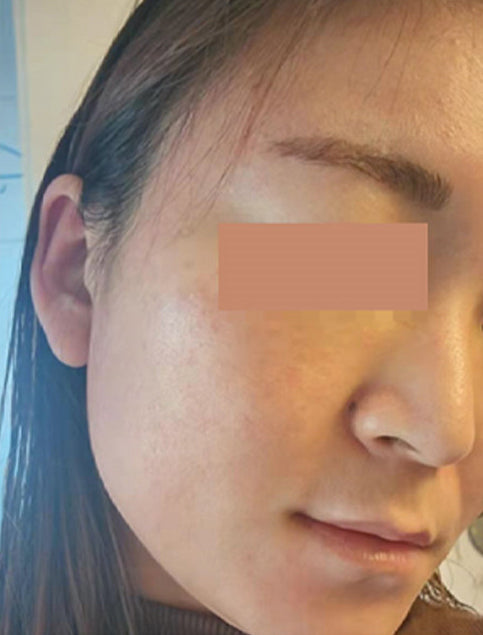
Rash
5 Months
Fully Healed
